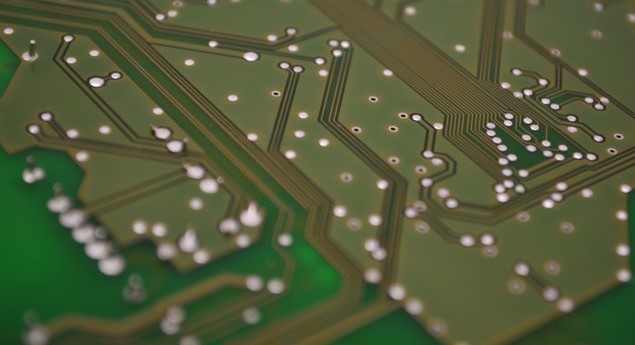Wearable Sensors Boost Orthopaedic Assessment and Treatment
In a world where the population is aging, Orthopaedic tech development is great to see. In 2015 900 million people were 60 years and older; by 2050 that number is expected to grow to 2 billion.

To meet the growing demand of orthopaedic therapy and treatment of movement disorders, as caused by aging, injury, epilepsy, Parkinson’s disease, and stroke; physicians and other medical professionals are turning to wearable sensors to monitor the patients’ movements. This assists in recognizing new injuries from falls as well as in clinical assessment of a plan of physical therapy or other treatment of affected area.
The good news is that this new tool comes with a relatively low price tag, while still allowing continuous physiological monitoring without inhibiting the patients’ movement. The technology has been around for several years, but the constant minimization has resulted in easy to wear sensors, that Orthopaedic practitioners hope will reduce consequent healthcare costs even as it provides more comprehensive feedback.
In a Biomedical journal article, Wearable Sensors for the Monitoring of Movement Disorders, Nahed Jalloul listed several benefits of this fairly new technology with a list of discussions for reference and for more insights.
As a prospective future patient, I am excited to see this development that is non-invasive yet informative tool evolve for Orthopedic use.
